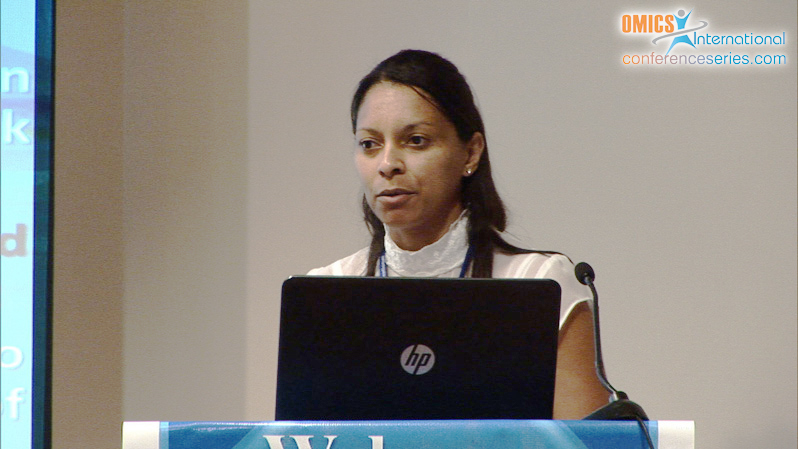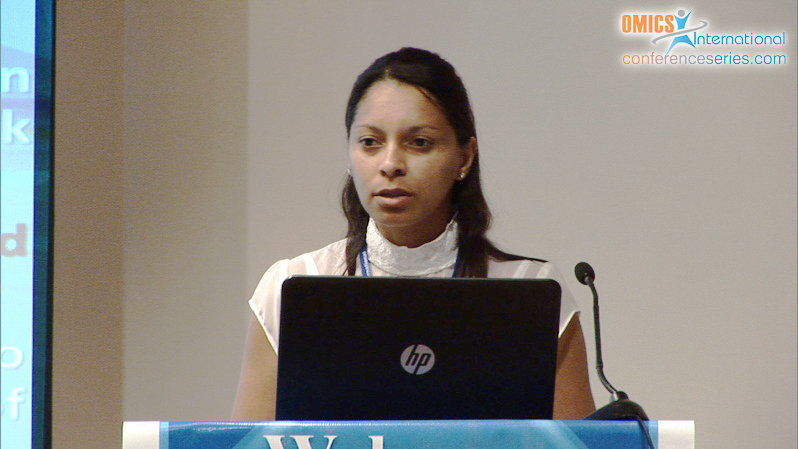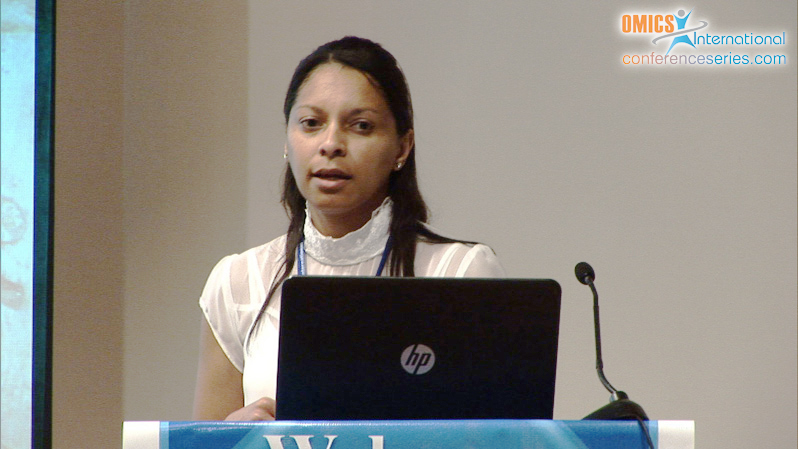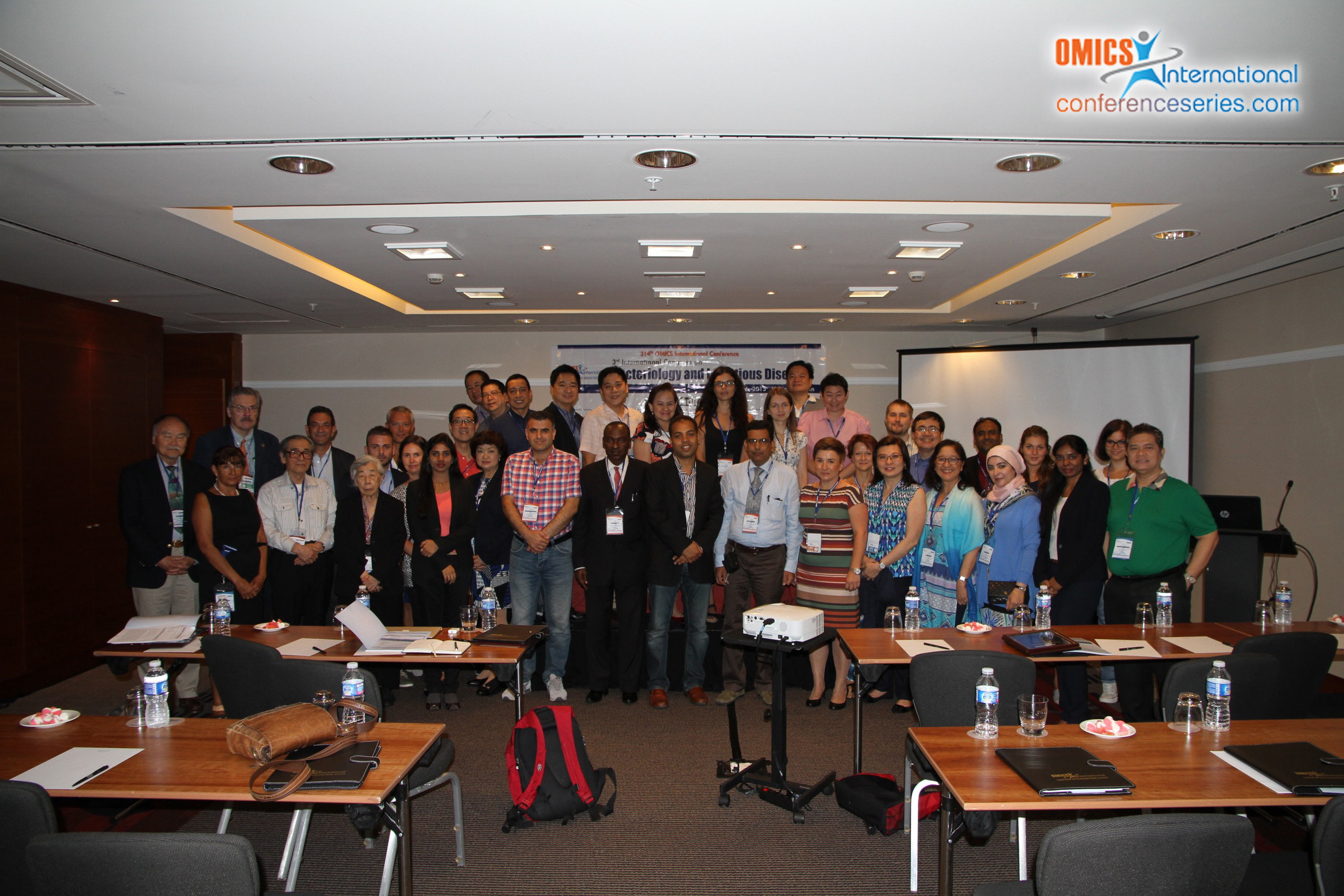
Arnelia N Paulse
Cape Peninsula University of Technology, South Africa
Title: Microbial pollutants in stagnant water in an informal settlement in the Western Cape, South Africa
Biography
Biography: Arnelia N Paulse
Abstract
Inadequate sanitation and poor drainage in informal settlements result in greywater being stagnant at the base of communal taps. This water could potentially cause health problems to those who come in contact with it. This study is aimed at determining microbial pollutant levels in stagnant greywater in the RR Section of Khayelitsha, Western Cape, South Africa. Sampling of stagnant greywater was conducted twice monthly (January to May 2013) from the base of six communal taps. Enumeration techniques employed included the Most Probable Number (MPN), Heterotrophic Plate Count (HPC) and Flow Cytometric (FCM) techniques. Identification techniques utilised included the API 20E, RapID™ ONE and BBL Crystal™ Gram Positive (GP) Identification (ID) systems. The highest MPN, faecal coliform and E. coli counts were 1.6 x 108 microorganisms/100mâ„“ (Sites A, B; weeks 3 and 5), 4.7 x 106 microorganisms/100mâ„“ (Site B; week 5) and 1.8 x 106 microorganisms/100mâ„“ [Site A (week 5); Site F (week 5)], respectively. The highest total FCM count was 3.4 x 107 microorganisms/mâ„“ (Site A, week 5). The FCM technique showed significantly (p < 0.05) higher counts than both the MPN and HPC techniques. The most common microorganisms isolated included Escherichia coli, Klebsiella pneumonia, Klebsiella oxytoca, Acinetobacter baumannii/calcoaceticus, Enterobacter cloacae, Corynebacterium species and Bacillus cereus. The presence of these microorganisms in addition to significantly high microbial counts obtained, raises major health concerns as these organisms present in high numbers may lead to serious waterborne diseases, especially in informal settlements where population densities are extremely high.
Speaker Presentations
Speaker PDFs
Speaker PPTs Click Here






